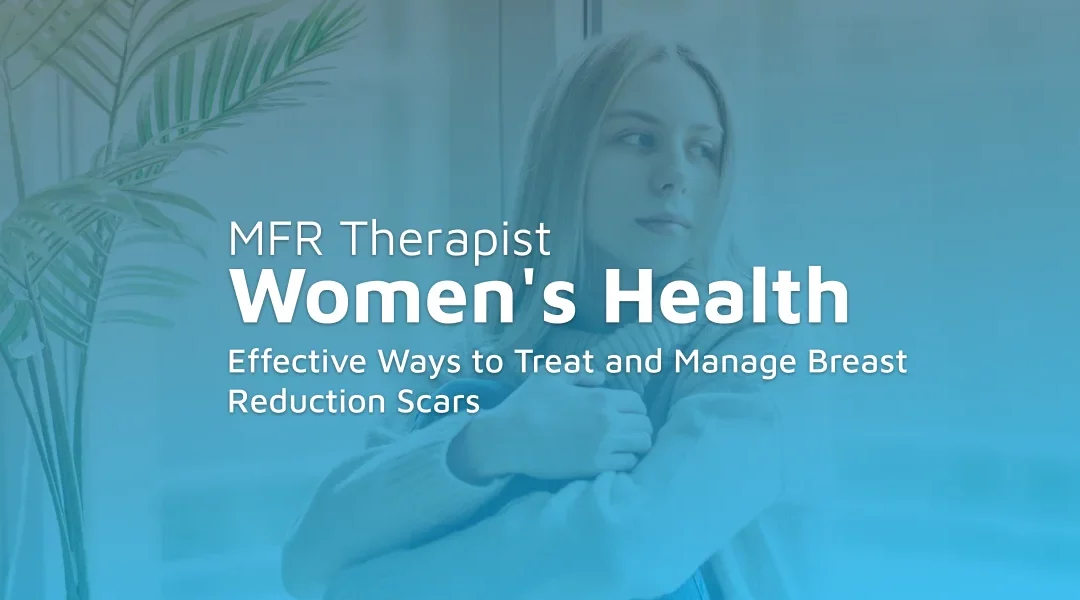During the scar maturation process, new collagen is formed at the site of the incision, and over time, the red, raised appearance of the scar typically decreases. This natural evolution can take up to a year or more, depending on the individual’s skin type and overall health.
Protecting the scar from direct sunlight is crucial during this period. UV radiation can have an adverse effect on the scar’s appearance, leading to potential hyperpigmentation and a delay in the fading process. Adherence to your surgeon’s specific scar care recommendations, which may include the use of silicone sheets, gels, or sunscreen, is integral in achieving the best possible aesthetic outcome post-surgery.
Scar prevention products
After breast reduction surgery, optimal scar care is essential for both aesthetic and healing purposes. Surgeons often recommend specific techniques to ensure the best outcomes. Scar massage is one such technique that not only improves blood circulation to the affected area but also assists in breaking down dense scar tissue. Additionally, it encourages collagen remodeling, an important factor in the scar maturation process. The benefit of this kind of mechanical manipulation lies in its ability to make scars less noticeable and to promote more pliable, softer scar tissue.
Sometimes, silicone sheets and scar gels can be recommended for your postoperative scar care regimen. These products can provide essential hydration to the skin, which is a critical factor in maintaining its elasticity and promoting proper healing. Acting as a protective barrier, they also shield the sensitive scar area from external irritants while keeping it moist, which can significantly contribute to less conspicuous scarring.
Healthy lifestyle
Adopting a healthy lifestyle is a key component in preventing excessive scarring and promoting optimal healing after breast reduction surgery. This involves eating a balanced diet rich in nutrients, staying hydrated, and engaging in regular physical activity. These practices not only support overall health but also contribute to skin elasticity, an important factor in the healing process. It’s also crucial to avoid smoking and the use of nicotine products both before and after surgery. Smoking can hinder the healing process by reducing blood flow and oxygen supply to the tissues, leading to suboptimal wound healing.
Non-surgical medical procedures
In some cases, non-surgical medical procedures may be recommended to further improve the appearance of breast reduction scars. These treatments include laser therapy, chemical peels, and corticosteroid injections. Laser therapy can help reduce scar redness, flatten hypertrophic scars, and improve overall scar texture by stimulating collagen production and promoting scar remodeling. Chemical peels involve the application of a chemical solution to the skin, removing the top layers and encouraging new, healthier skin to regenerate, which can help reduce hyperpigmentation and improve the texture of the scarred area. For hypertrophic or keloid scars, corticosteroid injections may be recommended to reduce scar thickness, redness, and inflammation, resulting in a flatter and less noticeable scar. These treatments should be discussed with a board-certified plastic surgeon, who can provide personalized recommendations based on your specific needs.
Surgical scar revision
In cases where breast reduction scars are particularly prominent or unsatisfactory, surgical scar revision is an option to consider. This procedure specifically targets the refinement of the scar’s contour to minimize its visibility, thereby achieving a cosmetically enhanced appearance. Electing for scar revision is a decision that necessitates close discussion with a qualified plastic surgeon. They can provide an expert assessment of the scar and evaluate your overall health to establish whether you are an optimal candidate for this form of surgical intervention.
Myofascial Release Therapy
Myofascial release (MFR) therapy serves as a beneficial addition to the repertoire of scar management options. For individuals managing breast reduction scars, MFR presents a potent approach to enhance healing and aesthetic outcomes. As mentioned above, hands-on techniques such as scar massage can be extremely beneficial for scar management. MFR therapists execute precise, sustained pressure and stretch to fascial tissues of the body, focusing on alleviating pain while restoring mobility. MFR therapy also encourages increased blood flow and disintegration of the restrictive scar tissue. Such physiological responses can significantly diminish the visibility and texture of scars, making them less pronounced over time.
The therapy’s ability to break down scar tissue is vital for rehabilitation. As scar tissue is softened and the underlying fascia is mobilized, patients often experience an improvement in flexibility, leading to decreased pain and increased range of motion. Moreover, as the fascial system is a continuous web that extends without interruption throughout the body, MFR’s impact on one area can lead to benefits in other connected areas, providing holistic improvement.
Therapists begin by assessing your body, looking for areas of tightness or restriction that could be contributing to your discomfort or scar tissue formation. They also will assess the scar tissue in question. As your session progresses, expect a hands-on approach which we have alluded to above. The sensations during MFR can vary. Some patients describe experiencing gentle stretching or a sense of opening within their body. Others may feel a notable release of pressure or an improvement in mobility. Post-session, it’s common to notice a reduction in pain and an uptick in movement fluidity. You might also feel a profound relaxation as if layers of tension have been peeled away.
Finding the right therapist is crucial to receiving effective and safe MFR therapy. At MFR Health, we’ve made this process easier by creating a directory of therapists who are trained and certified in the John F. Barnes technique, a leading approach in MFR therapy. By connecting with a certified MFR therapist through our platform, you can feel confident that you are receiving treatment from a professional who understands the nuances of MFR and how to apply it effectively for scar management. To begin your journey, find a therapist today.
